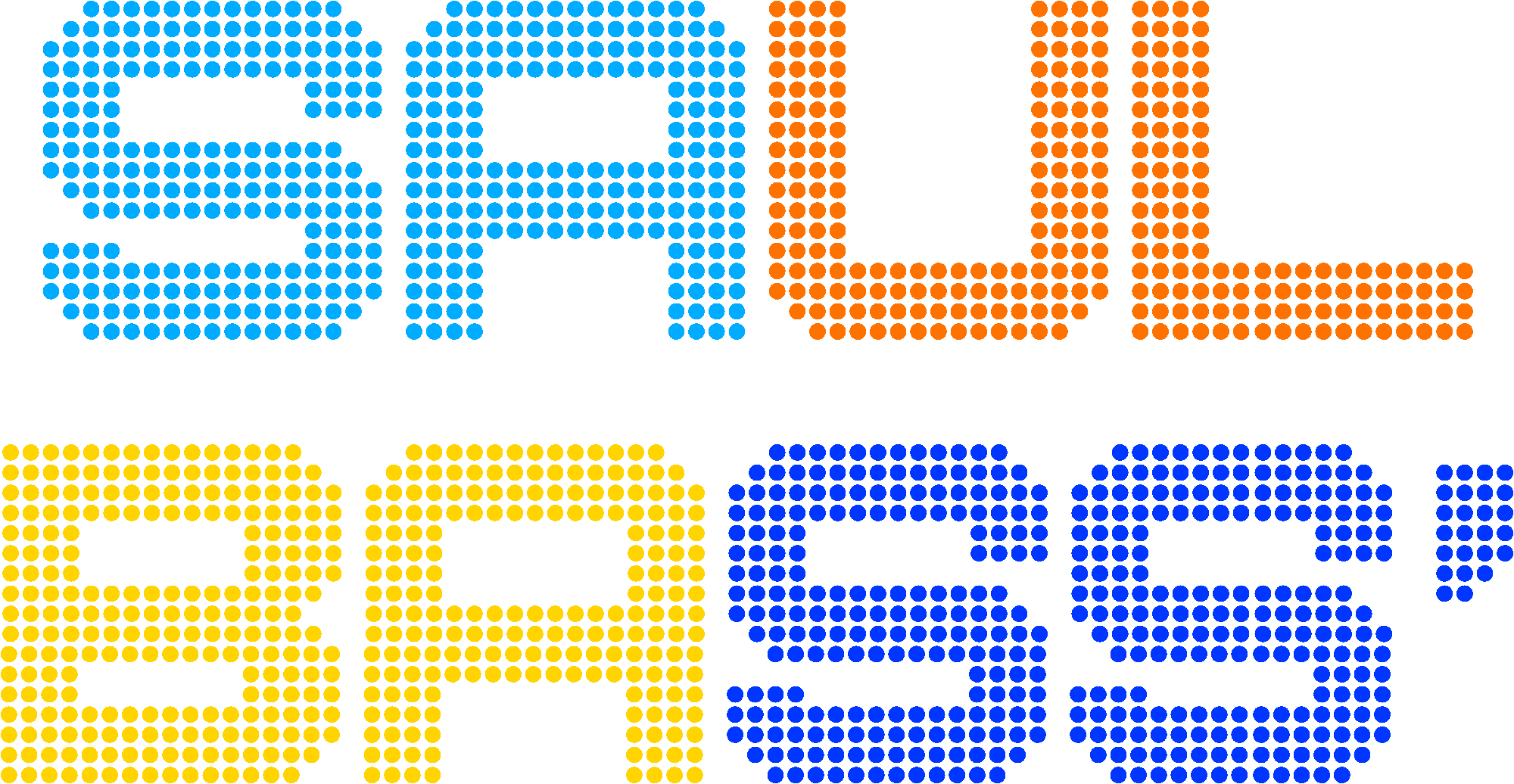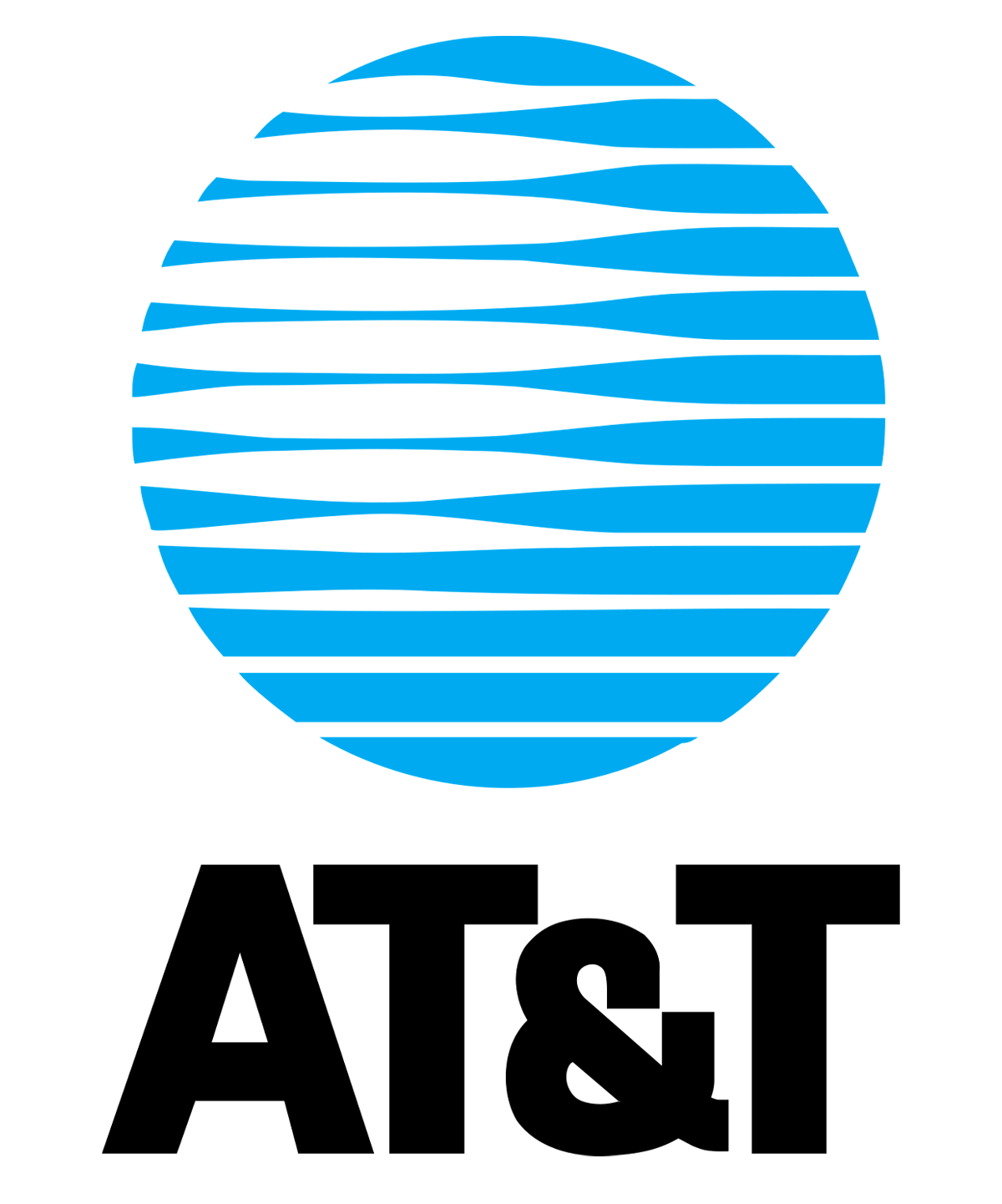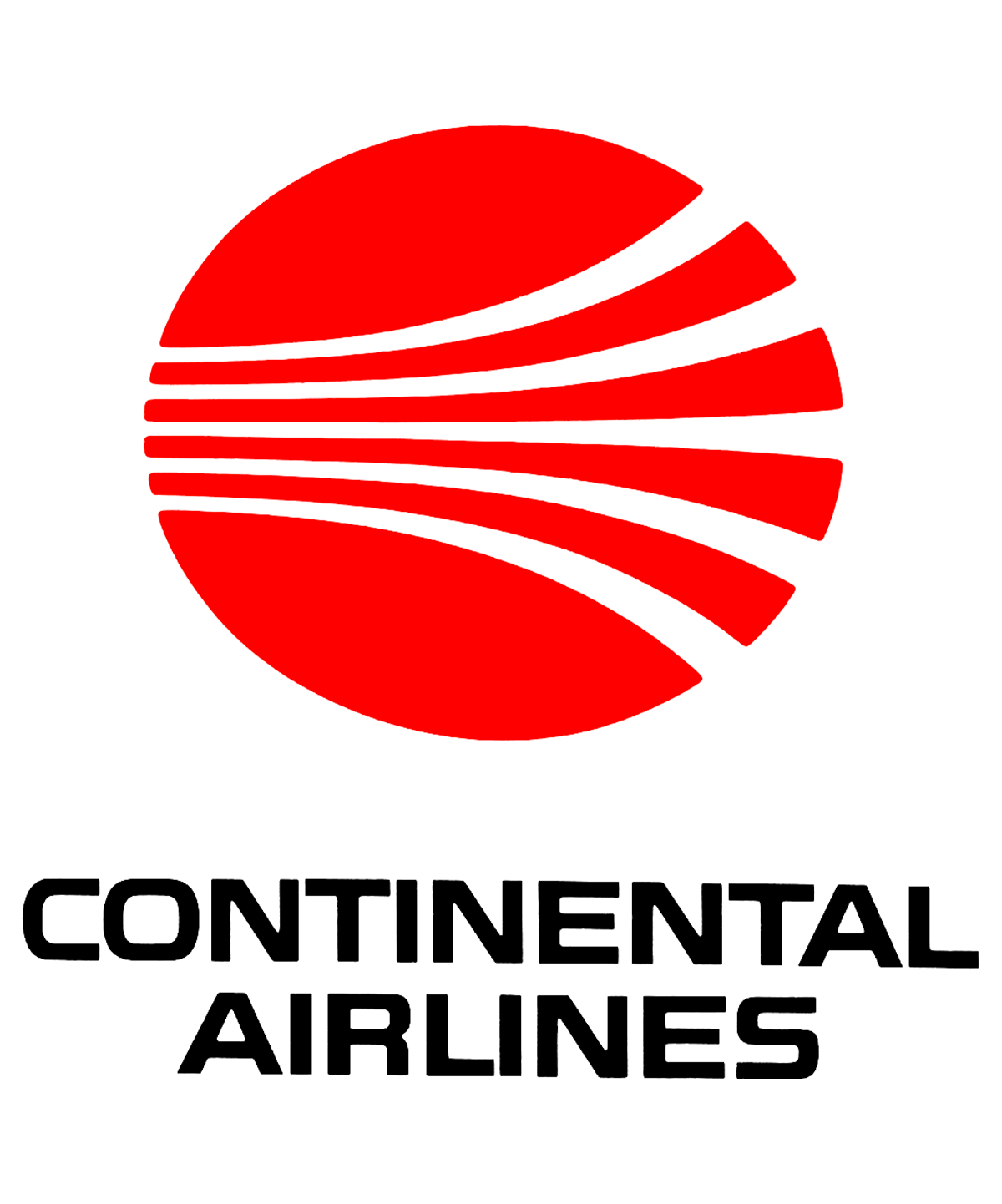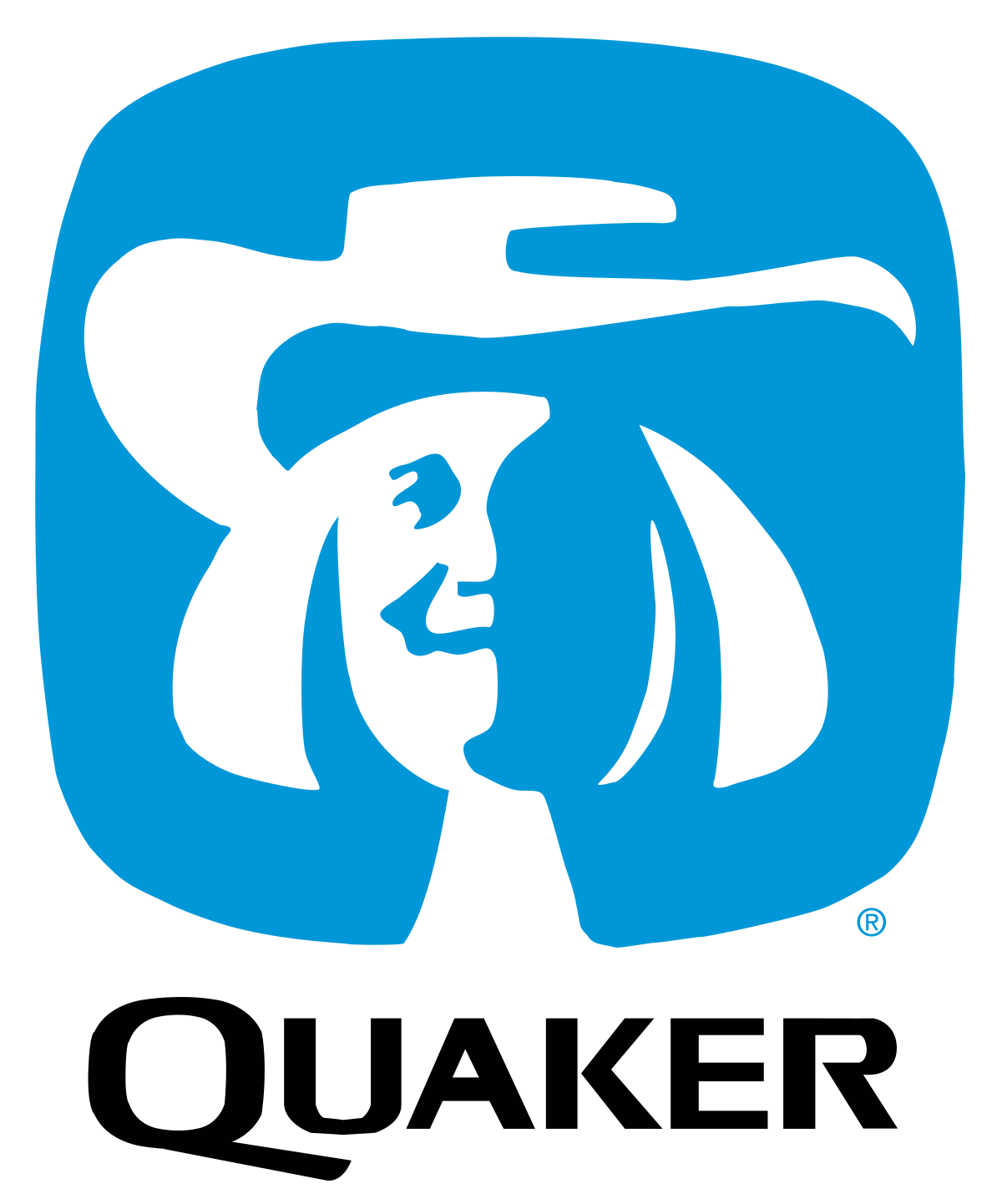he title sequence of Ocean’s Eleven uses various design elements to give the film ambiance. First, the use of images relates to the film’s plot. For instance, the formation of numbers relates to the members of heist crew and the icons used in the slot machine and the dice are telling of the casino setting. Additionally, the use of typography creates contrast and hierarchy to the title sequence. For example, the leading actors, the title of the film, and the director are all featured in the pixelated, retro styled typeface. This emphasizes the text since it is more eye-catching and unique. On the other hand, the names of supporting actors and other crew members are written in an easy-to-read, sans-serif font. This allows audiences to easily understand the text since it is a more mundane and practical. Finally, the use of sound plays a major role in the title sequence. Not only does the music create ambiance by connecting to the jazz style of the 1960’s, but also demonstrates movement. The music is synched to the movement of the different visual elements which gives them a livelier nature to them. Overall, the title sequence of Ocean’s Eleven is very successful in giving audiences a preview of the film.





